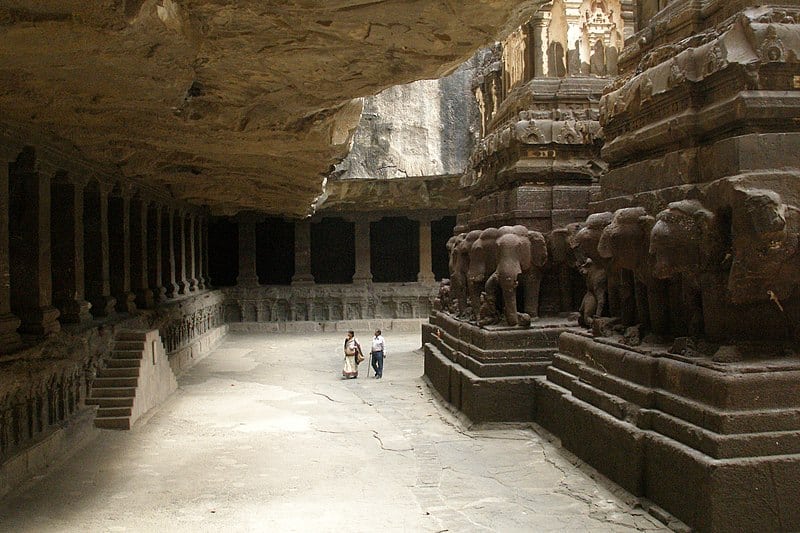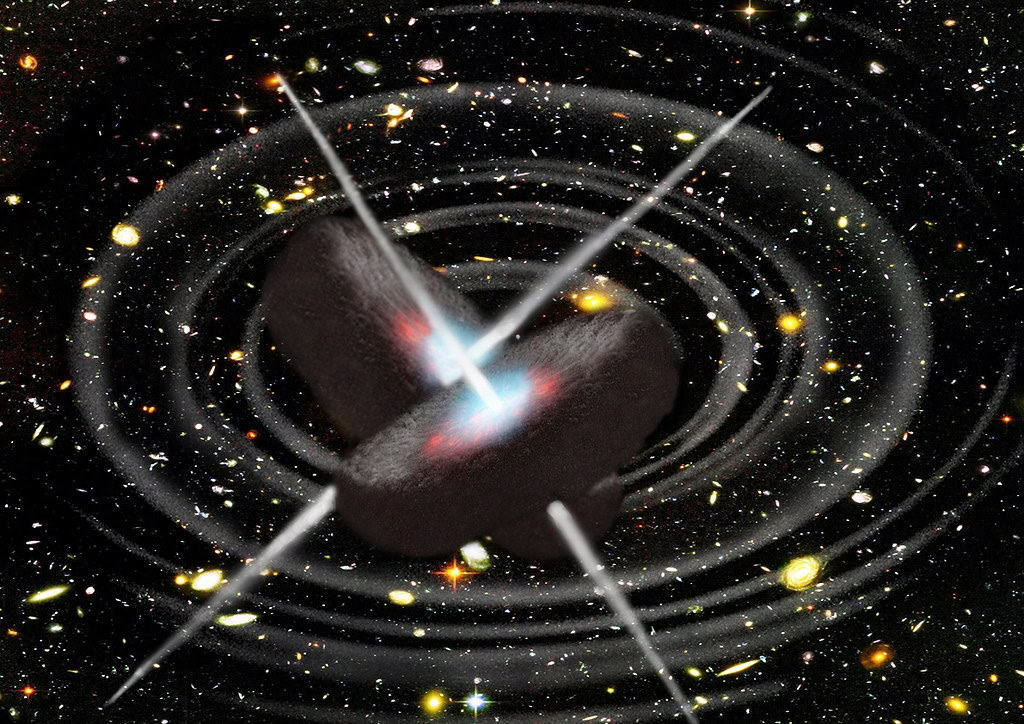Erosion is one of nature’s most powerful forces, shaping the world around us in remarkable ways. Over millions of years, wind, water, and other elements have carved and sculpted landscapes into some of the most breathtaking natural wonders on Earth. These formations, from towering cliffs to intricate rock structures, showcase the incredible artistry of the natural world. In this article, we explore some of the most extraordinary natural wonders shaped by erosion, each telling a unique story of time, weather, and geological processes.
The Grand Canyon, USA
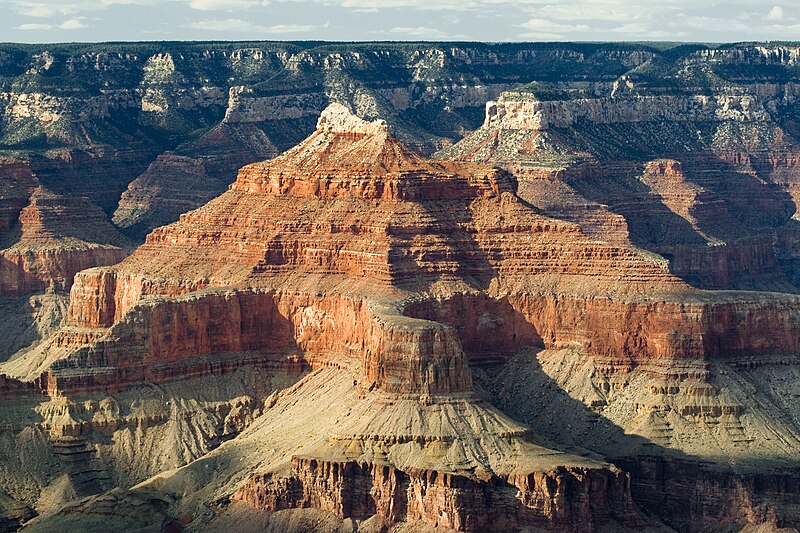
The Grand Canyon is a colossal testament to the power of erosion, carved by the Colorado River over millions of years. Its sheer size and intricate layers reveal the Earth’s geological history in stunning detail. Each stratum tells a story of ancient seas, shifting continents, and volcanic eruptions. The canyon’s vibrant colors, ranging from deep reds to soft yellows, change with the light, creating a breathtaking spectacle at sunrise and sunset. Visitors stand in awe of the immense chasm, feeling the weight of time in its vast, silent expanse.
The Twelve Apostles, Australia

The Twelve Apostles are towering limestone stacks rising majestically from the Southern Ocean along Australia’s Great Ocean Road. Formed by relentless waves eroding the coastline, these natural sculptures stand as solitary sentinels against the backdrop of a rugged shoreline. Over time, several of these stacks have collapsed, leaving fewer than twelve, yet they continue to captivate with their stark beauty. The interplay between the ocean’s powerful waves and the fragile rock formations creates a dynamic landscape that changes with the tides. As the sun sets, the Apostles glow golden, offering a serene contrast to the tumultuous sea below.
Bryce Canyon, USA
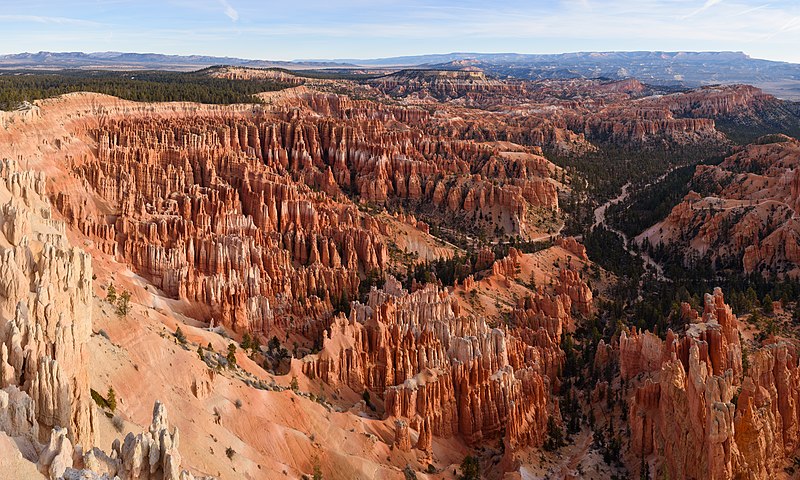
Bryce Canyon in Utah is famous for its hoodoos, tall, thin spires of rock that rise from the canyon floor like eerie sentinels. These formations are the result of frost weathering and stream erosion, creating a maze of pillars in varying hues of red, orange, and white. The landscape resembles a surreal amphitheater, where nature’s forces have sculpted intricate shapes over millennia. Walking among the hoodoos feels like stepping into another world, where every turn reveals a new, otherworldly vista. The vibrant colors of the canyon intensify at sunrise and sunset, casting long shadows that highlight the bizarre formations.
The Wave, USA
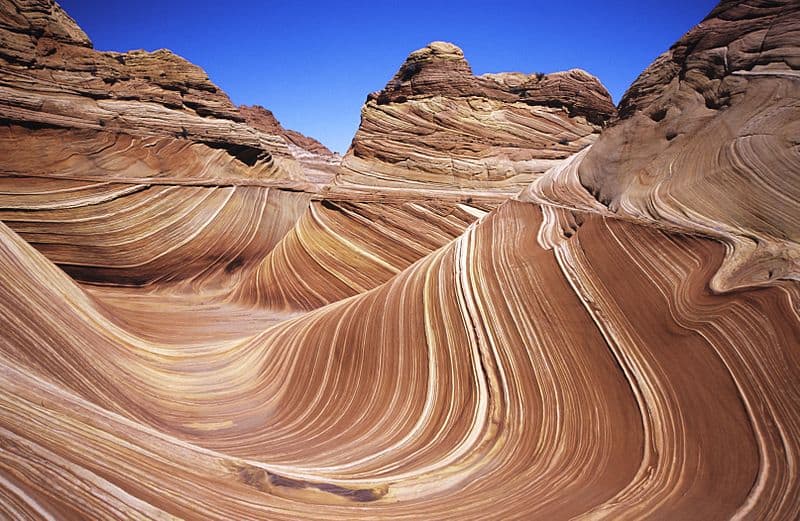
The Wave is a mesmerizing sandstone formation located in the Coyote Buttes of Arizona, known for its undulating, wave-like appearance. Formed by the gradual erosion of Navajo Sandstone, this natural wonder showcases layers of rock that ripple and swirl in shades of red, pink, and orange. Its smooth, flowing curves make it a sought-after destination for photographers and hikers alike. The Wave’s unique texture and color are best appreciated during the early morning or late afternoon when the sun casts a warm glow over the rocks. Access is limited to protect the fragile environment, adding to the mystique of this extraordinary site.
Zhangjiajie National Forest Park, China
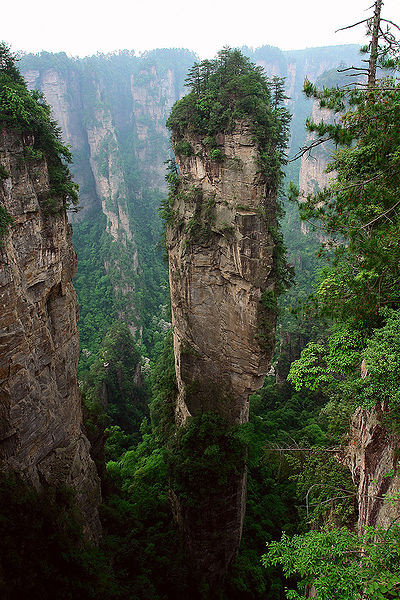
Zhangjiajie National Forest Park is home to towering sandstone pillars that rise dramatically from the mist-shrouded valleys of Hunan Province. These natural skyscrapers, formed by millions of years of physical weathering, inspired the floating Hallelujah Mountains in the movie “Avatar.” The park’s landscape is both ethereal and imposing, with the pillars appearing to float in the clouds on misty days. Dense forests blanket the area, adding to the mystique and providing a lush contrast to the stark rock formations. Visitors can explore the park’s numerous trails and glass bridges, offering breathtaking views of this unique landscape.
Antelope Canyon, USA
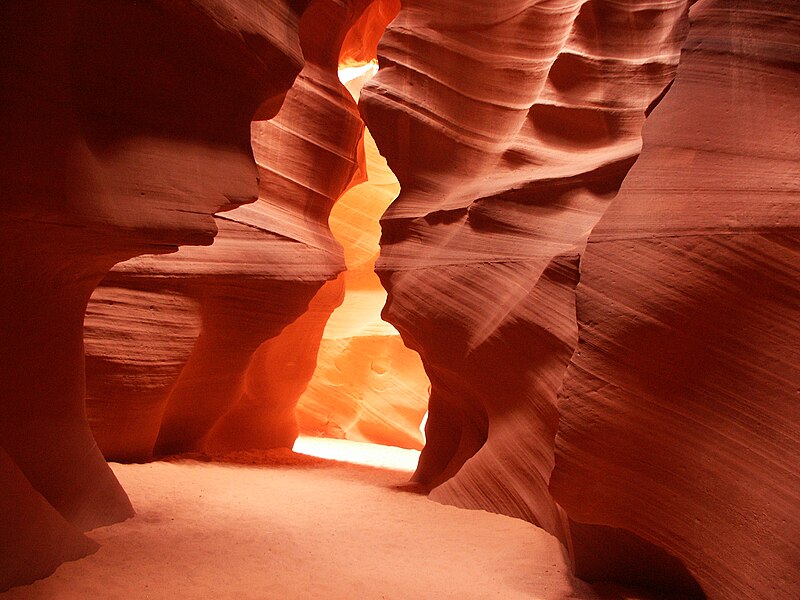
Antelope Canyon, located in Arizona, is a slot canyon known for its narrow passageways and vibrant, swirling sandstone walls. Over thousands of years, flash flooding and wind erosion have carved the canyon’s smooth, wave-like patterns. The interplay of light and shadow within the canyon creates a surreal, almost mystical atmosphere, especially during midday when beams of sunlight pierce through the narrow openings. Visitors often describe the experience as stepping into a natural cathedral, where the rock walls glow in shades of orange, red, and purple. The canyon’s delicate curves and textures make it a favorite destination for photographers seeking to capture its ethereal beauty.
Giant’s Causeway, Northern Ireland
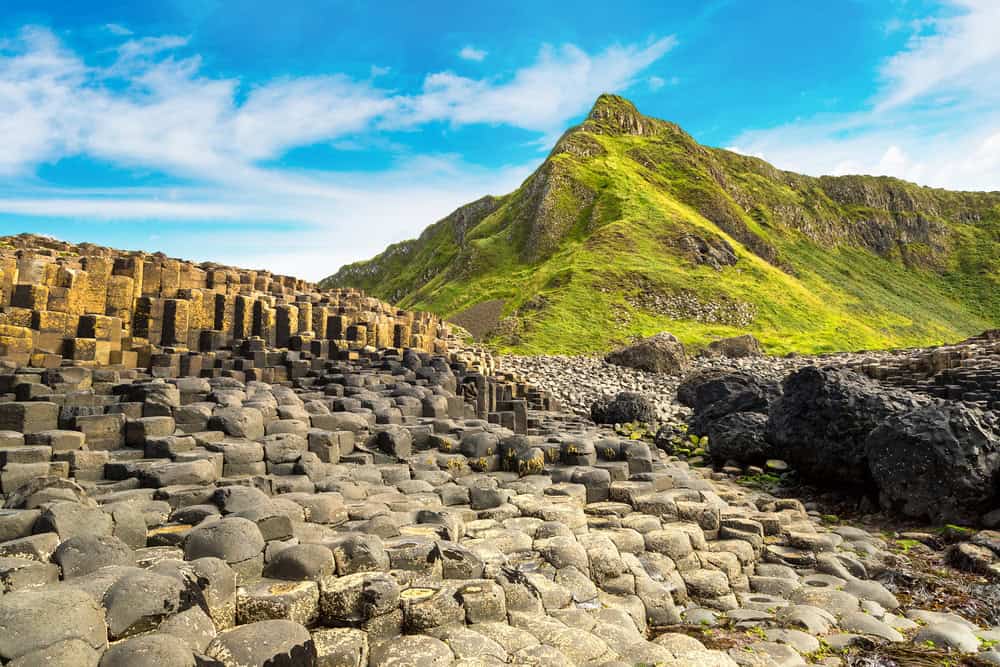
The Giant’s Causeway is a geological wonder composed of around 40,000 interlocking basalt columns, formed by an ancient volcanic eruption. These hexagonal pillars, some reaching up to 12 meters high, create a striking natural staircase leading into the sea. Legends tell of the giant Finn McCool, who built the causeway to challenge a rival across the water. The site’s unique formation, with its precise geometric shapes, is a testament to the incredible forces of nature. Visitors are often struck by the stark contrast between the rugged coastline and the uniformity of the basalt columns.
Arches National Park, USA
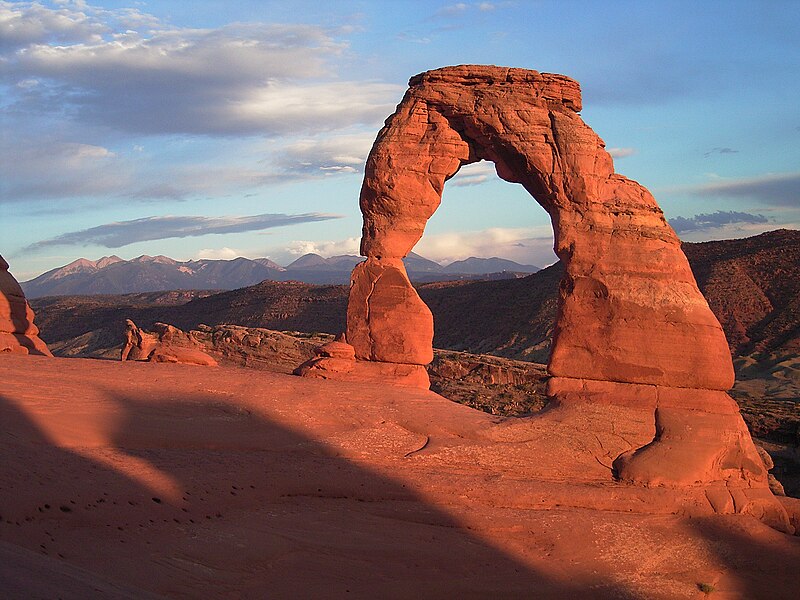
Arches National Park in Utah is home to more than 2,000 natural sandstone arches, the result of millions of years of erosion. Wind and water have carved these stunning formations, with Delicate Arch being one of the park’s most iconic landmarks. The arches vary in size and shape, creating a landscape that seems almost otherworldly. The park’s red rock contrasts beautifully with the deep blue sky, especially during sunrise and sunset when the colors are most vibrant. Walking beneath these towering arches, one feels a profound connection to the ancient forces that shaped this remarkable environment.
The Pinnacles, Australia
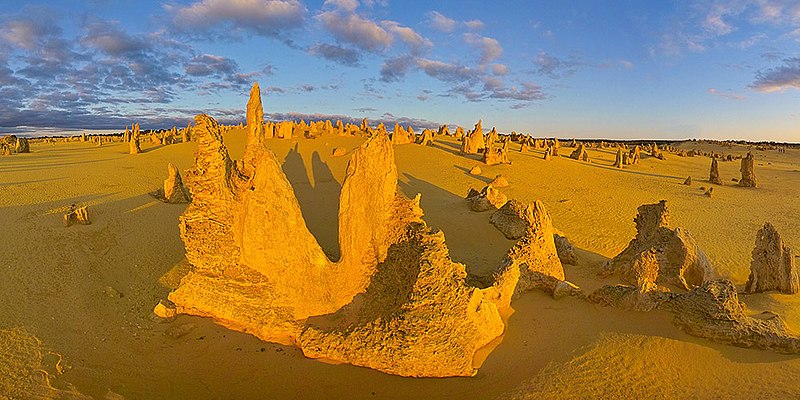
The Pinnacles, located in Nambung National Park, are thousands of limestone pillars rising from the yellow sands of the desert. Formed from seashells deposited on the coast over 25,000 years ago, these eerie spires create a landscape that feels almost alien. Wind and rain have sculpted the limestone into various shapes, some resembling tombstones or ancient monoliths. As the sun moves across the sky, the Pinnacles cast long shadows, adding to the mysterious atmosphere of this remote location. The contrast between the golden sand and the dark limestone formations makes this a striking and unforgettable sight.
The White Cliffs of Dover, England
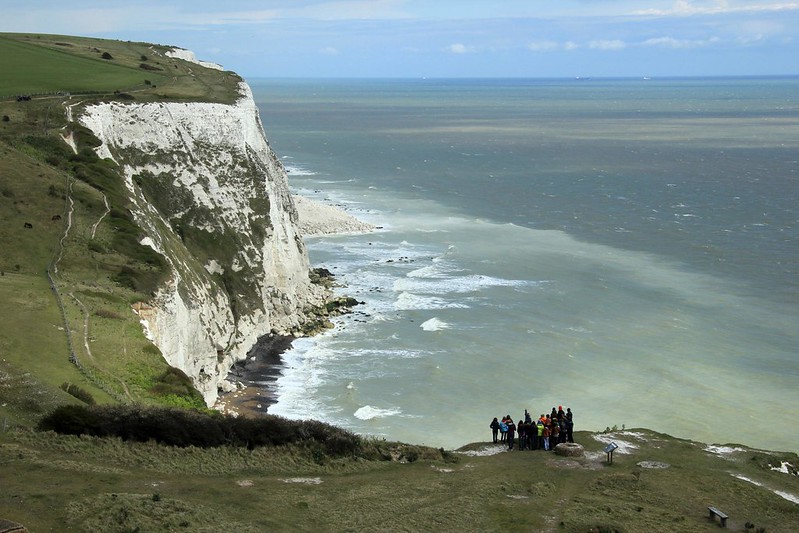
The White Cliffs of Dover, composed of chalk, are one of England’s most iconic natural landmarks. Standing tall along the coast, these cliffs were formed over millions of years from the skeletal remains of marine organisms. Erosion by the sea has created the steep, dramatic faces that look out over the English Channel. The brilliant white color of the cliffs is accentuated on sunny days, creating a striking contrast against the deep blue of the water below. For centuries, these cliffs have been a symbol of hope and endurance, especially during times of conflict.
The Badlands, USA
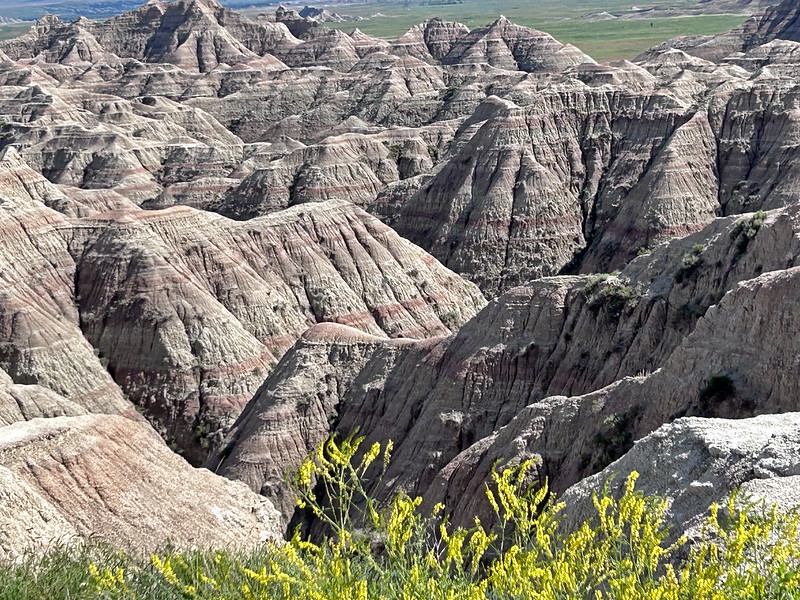
The Badlands of South Dakota are a maze of deep gorges, sharp ridges, and towering spires, all carved by water and wind over millions of years. This harsh landscape was once a lush seabed, and its eroded formations reveal layers of sedimentary rock, rich in fossils. The vivid colors of the Badlands, from deep reds to pale yellows, are most striking at sunrise and sunset. As you explore, the landscape seems to shift and change, with every twist and turn revealing new, unexpected vistas. Despite its barren appearance, the Badlands are teeming with wildlife, adding to the sense of discovery in this rugged terrain.
Table Mountain, South Africa
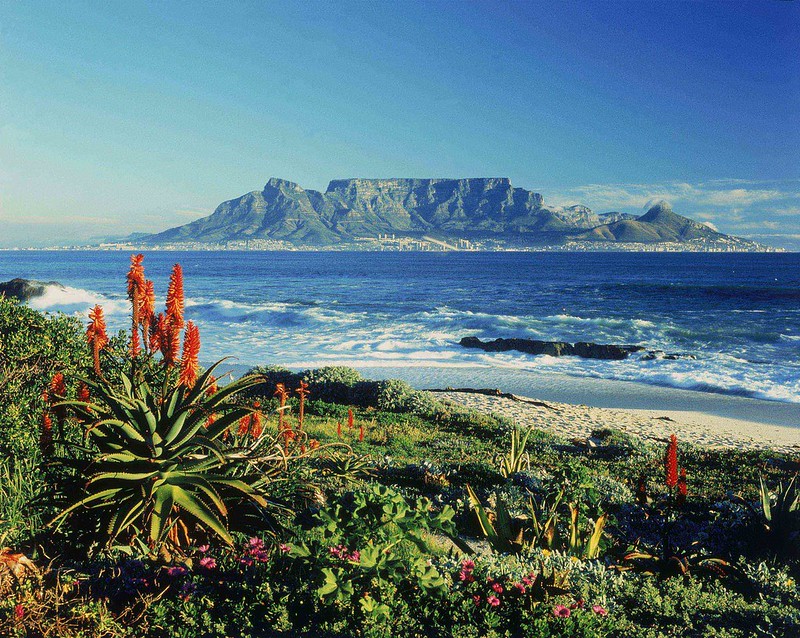
Table Mountain, with its flat-topped summit, dominates the skyline of Cape Town and is one of the most famous natural landmarks in the world. Erosion over millions of years has shaped the mountain’s unique form, creating a stunning contrast with the surrounding ocean and cityscape. The mountain is part of a national park, home to a rich diversity of flora and fauna, some of which are found nowhere else on earth. From the summit, visitors are treated to panoramic views that stretch as far as the eye can see, making the arduous climb or cable car ride well worth the effort. The table-like shape of the mountain is often capped with a “tablecloth” of clouds, adding to its mystique.
Cappadocia, Turkey
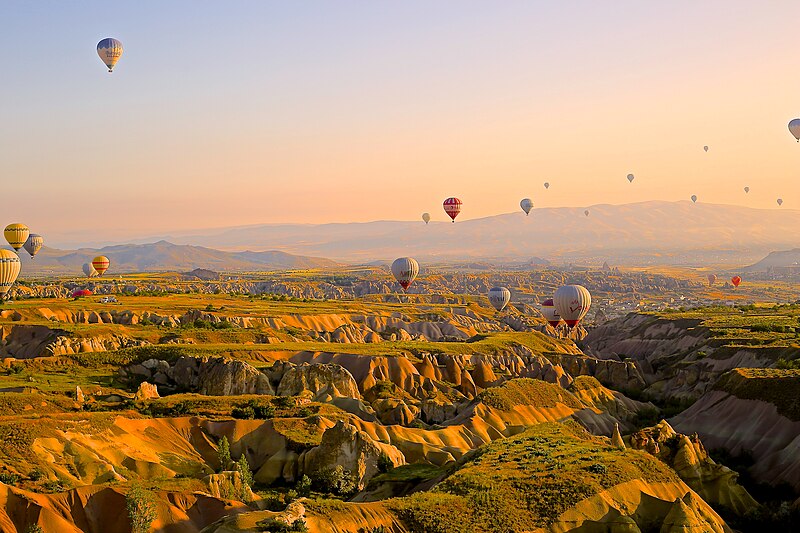
Cappadocia’s fairy chimneys, mushroom-shaped rock formations, are the result of volcanic eruptions followed by centuries of erosion. These unique structures, some of which have been hollowed out to create homes and churches, dot the landscape of central Turkey. The soft volcanic rock has been shaped by wind and rain into a fantastical landscape, where nature and human history intertwine. Hot air balloon rides offer a bird’s-eye view of the chimneys, revealing the full extent of this extraordinary geological wonder. At sunrise, the warm light casts a golden hue over the entire region, enhancing its magical atmosphere.
Goblin Valley, USA
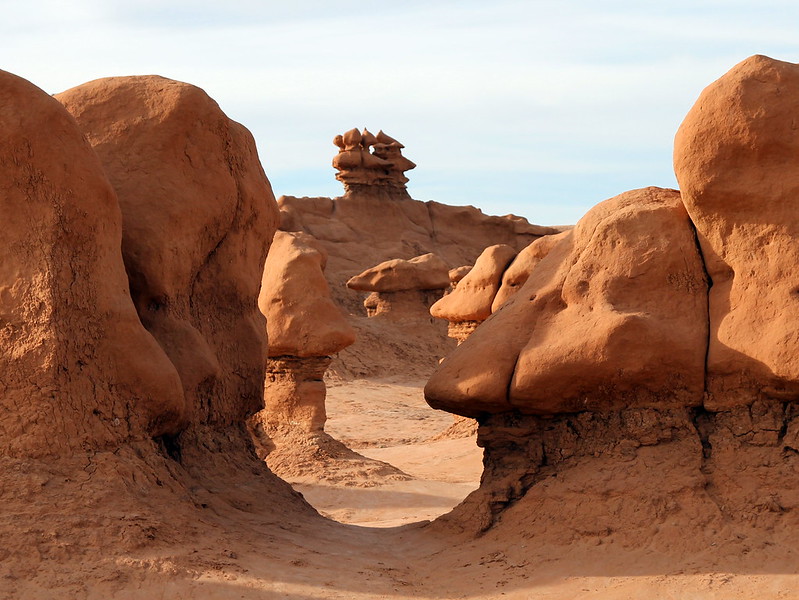
Goblin Valley in Utah is named for its peculiar rock formations, which resemble goblins, mushrooms, and other fantastical creatures. These sandstone hoodoos were carved by wind and water over millions of years, creating a landscape that feels like something out of a fantasy novel. The valley is dotted with hundreds of these strange shapes, each one different from the next, inviting visitors to wander and explore. The soft red and orange hues of the rocks glow brilliantly in the desert sun, adding to the surreal feeling of the place. Goblin Valley’s unique formations have made it a popular destination for both photographers and adventurous hikers.
The Algarve Coast, Portugal
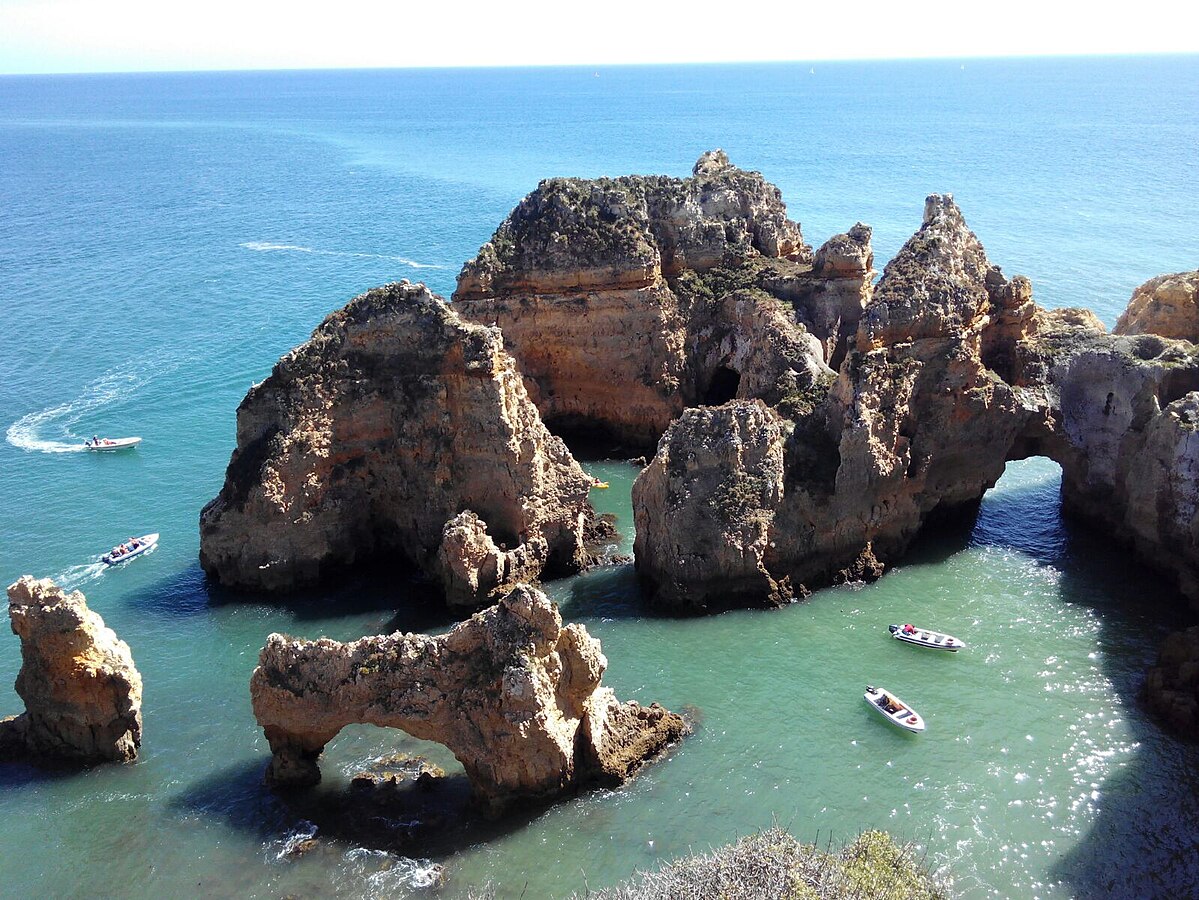
The Algarve Coast is famous for its stunning limestone cliffs and sea caves, shaped by the relentless forces of the Atlantic Ocean. Over time, the waves have carved arches, grottoes, and towering cliffs, creating a coastline that is as dramatic as it is beautiful. The golden hues of the cliffs contrast sharply with the deep blue of the ocean, making it a popular spot for photographers. Many of the caves are accessible only by boat, adding an element of adventure to the exploration of this rugged coastline. As the sun sets, the cliffs take on a warm, golden glow, creating a perfect end to a day of discovery.
The Bungle Bungle Range, Australia
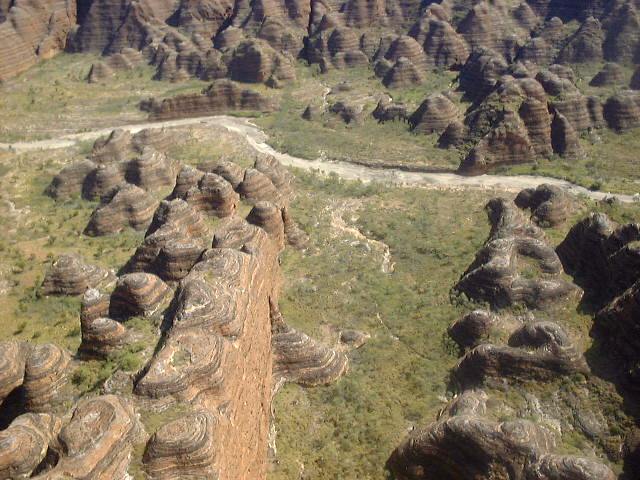
The Bungle Bungle Range, located in Purnululu National Park, is famous for its striking beehive-shaped sandstone domes. These unique formations, colored in bands of orange and black, were formed over 350 million years ago through the erosion of ancient sedimentary rocks. The domes rise abruptly from the surrounding plains, creating a landscape that is both surreal and awe-inspiring. Exploring the range on foot reveals hidden gorges, narrow chasms, and secluded pools, each offering a glimpse into the ancient history of the region. The Bungle Bungles are a testament to the power of natural forces, sculpting the land into one of Australia’s most iconic landscapes.
The Quiraing, Scotland
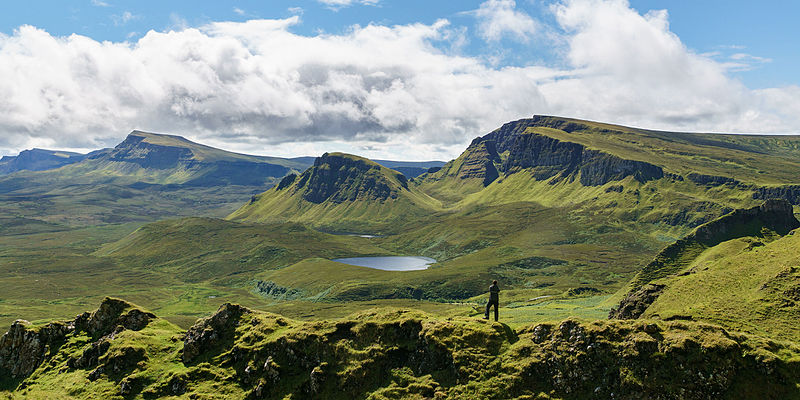
The Quiraing, located on the Isle of Skye, is a landslip on a massive scale, with towering cliffs, hidden plateaus, and strange rock formations. Erosion has shaped this rugged landscape over millennia, creating a natural wonder that is both dramatic and mysterious. The Quiraing’s unique features, such as the Needle, the Table, and the Prison, are steeped in local legend, adding to the mystique of the place. Walking through the Quiraing, one is struck by the sheer scale of the landscape, with its sweeping vistas and dramatic contrasts of light and shadow. The ever-changing weather of the Isle of Skye only enhances the otherworldly atmosphere of this extraordinary location.
The Chocolate Hills, Philippines
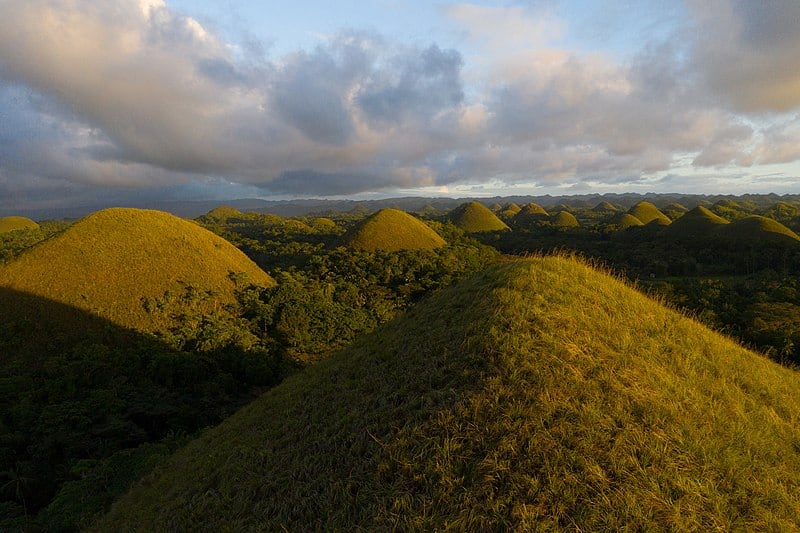
The Chocolate Hills of Bohol are a series of at least 1,260 hills that turn chocolate-brown during the dry season, giving them their name. These unusual formations are the result of the erosion of limestone, creating smooth, symmetrical mounds that dot the landscape. The hills are covered in grass that dries out and turns brown during the dry season, creating the appearance of a sea of chocolate kisses. Their uniformity and strange beauty have made the Chocolate Hills one of the Philippines’ most famous natural attractions. The best views are from the hills themselves, where you can appreciate the full extent of this bizarre and beautiful landscape.
Monument Valley, USA
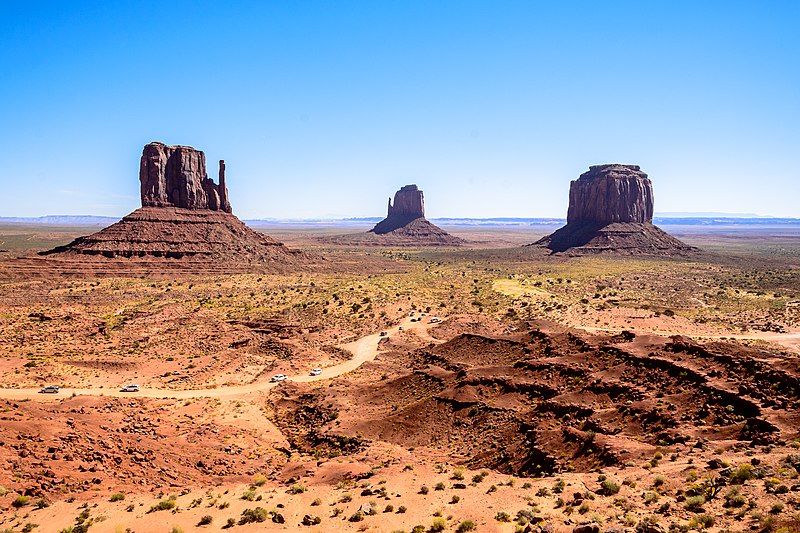
Monument Valley, located on the Arizona-Utah border, is a vast landscape of towering sandstone buttes, mesas, and spires, shaped by wind and water over millions of years. This iconic landscape has been featured in countless films and photographs, symbolizing the rugged beauty of the American West. The vivid red rock formations stand in stark contrast to the deep blue sky, creating a scene that is both timeless and awe-inspiring. As the sun sets, the buttes cast long shadows across the valley, enhancing the dramatic atmosphere of the place. Monument Valley is not just a natural wonder, but a cultural symbol of the enduring spirit of the American frontier.
The Wave Rock, Australia
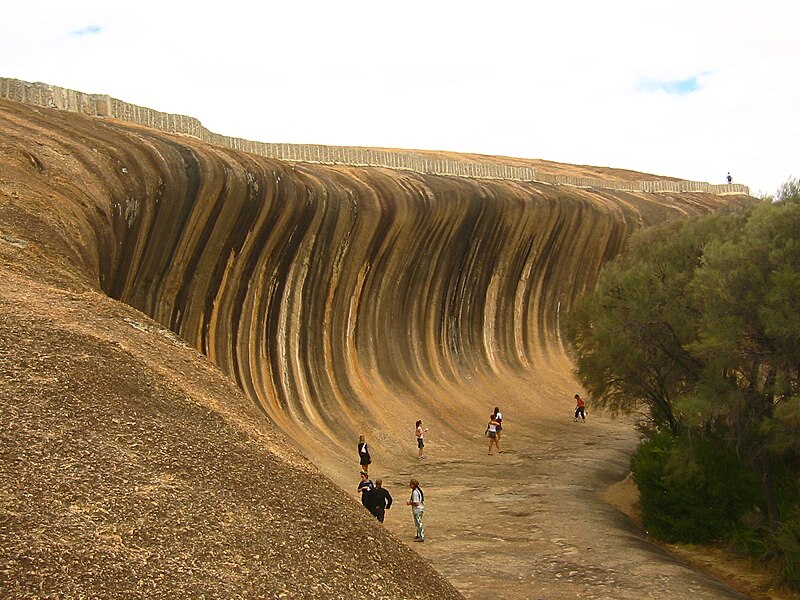
Wave Rock, located in Western Australia, is a natural rock formation that resembles a giant wave frozen in time. This 15-meter-high granite cliff has been shaped by erosion over 2.7 billion years, creating its unique wave-like appearance. The rock’s surface is streaked with bands of color, caused by the minerals in the rock being weathered by the elements. Visitors often stand in awe of the rock’s surreal shape, which looks as if it could crash down at any moment. Wave Rock is not only a natural marvel but also a significant cultural site for the indigenous Noongar people, adding layers of meaning to its striking beauty.
This article originally appeared on Rarest.org.
More From Rarest.Org
Exploring ancient ruins offers a unique window into the past, allowing us to marvel at the ingenuity, culture, and history of ancient civilizations. From the mysterious moai statues of Easter Island to the iconic pyramids of Egypt, these ruins tell stories of human achievement and resilience. Read more.
In a world where biodiversity is increasingly under threat, the story of plants brought back from the brink of extinction offers a glimmer of hope. These remarkable species, once teetering on the edge of oblivion, have been saved through dedicated conservation efforts, highlighting the resilience of nature and the importance of preserving our planet’s rich diversity. Read more.
The universe is full of mysteries waiting to be uncovered, and recent advancements in technology and research have led to some of the most fascinating space discoveries ever made. From the detection of gravitational waves to the first image of a black hole, these groundbreaking findings have expanded our understanding of the cosmos. Read more.

